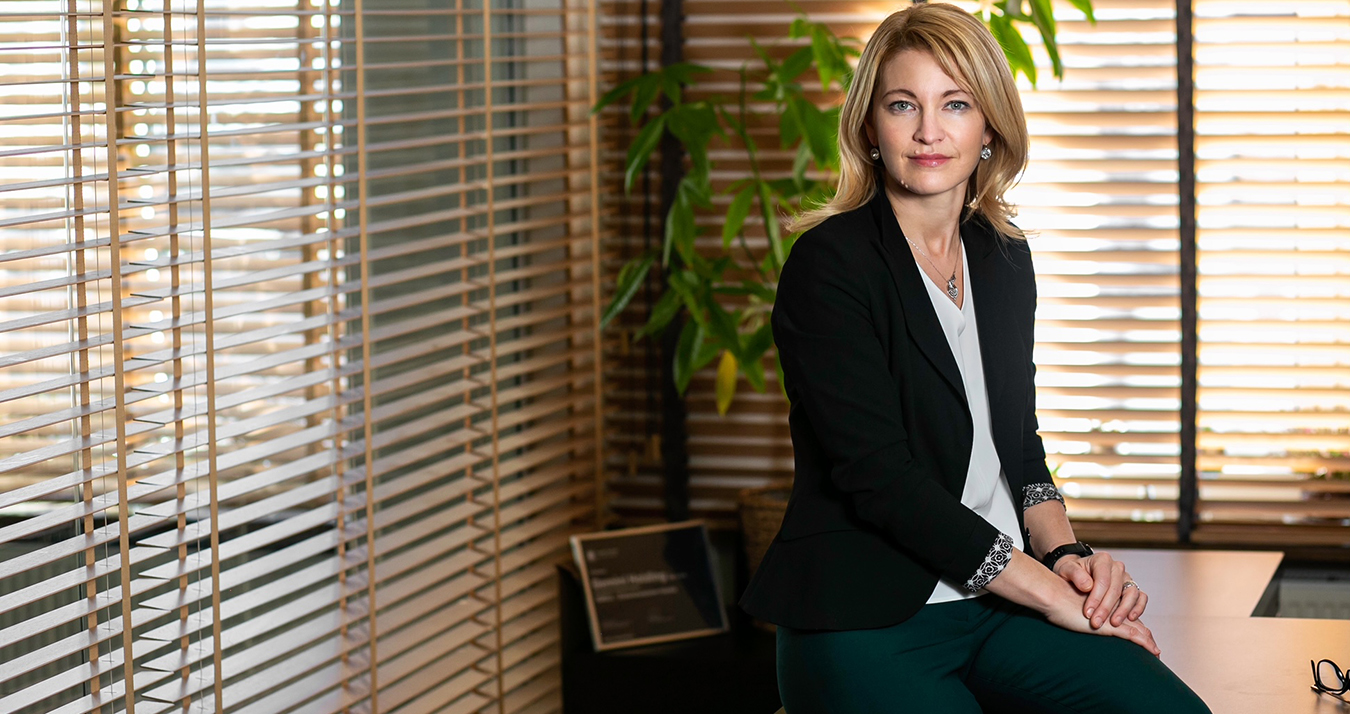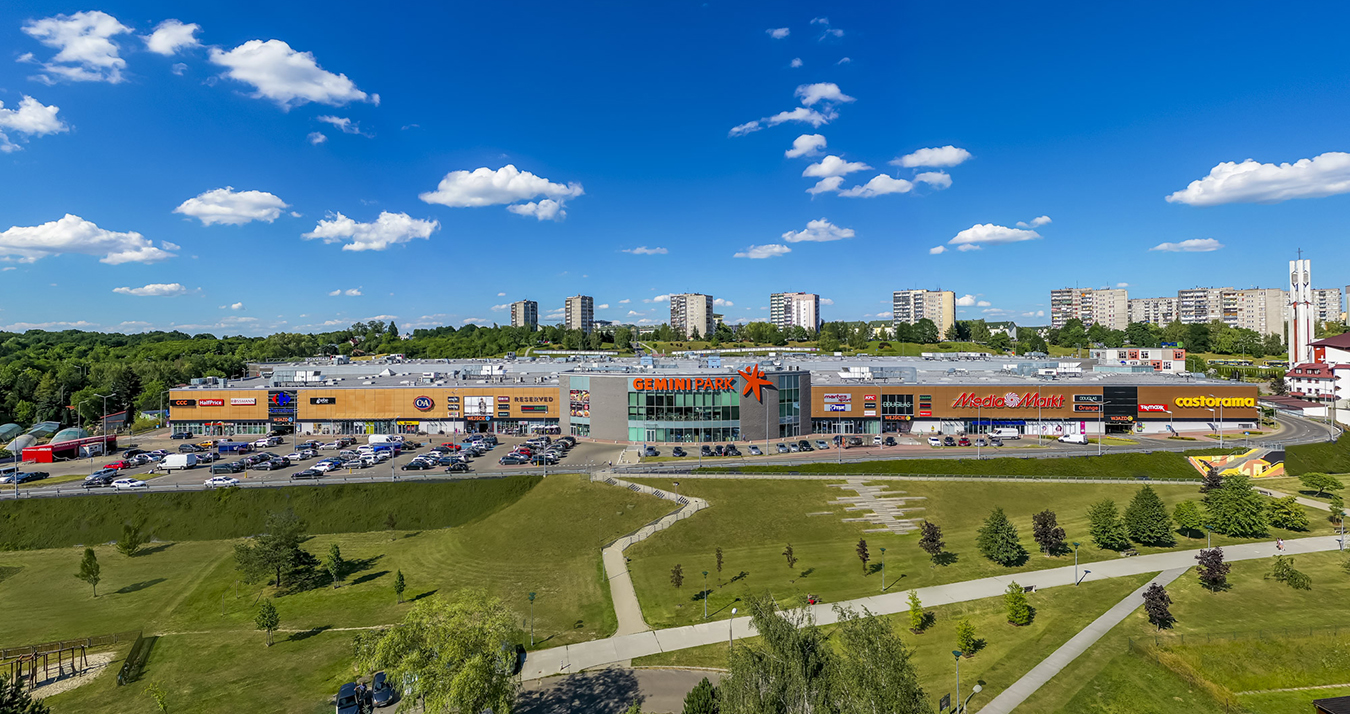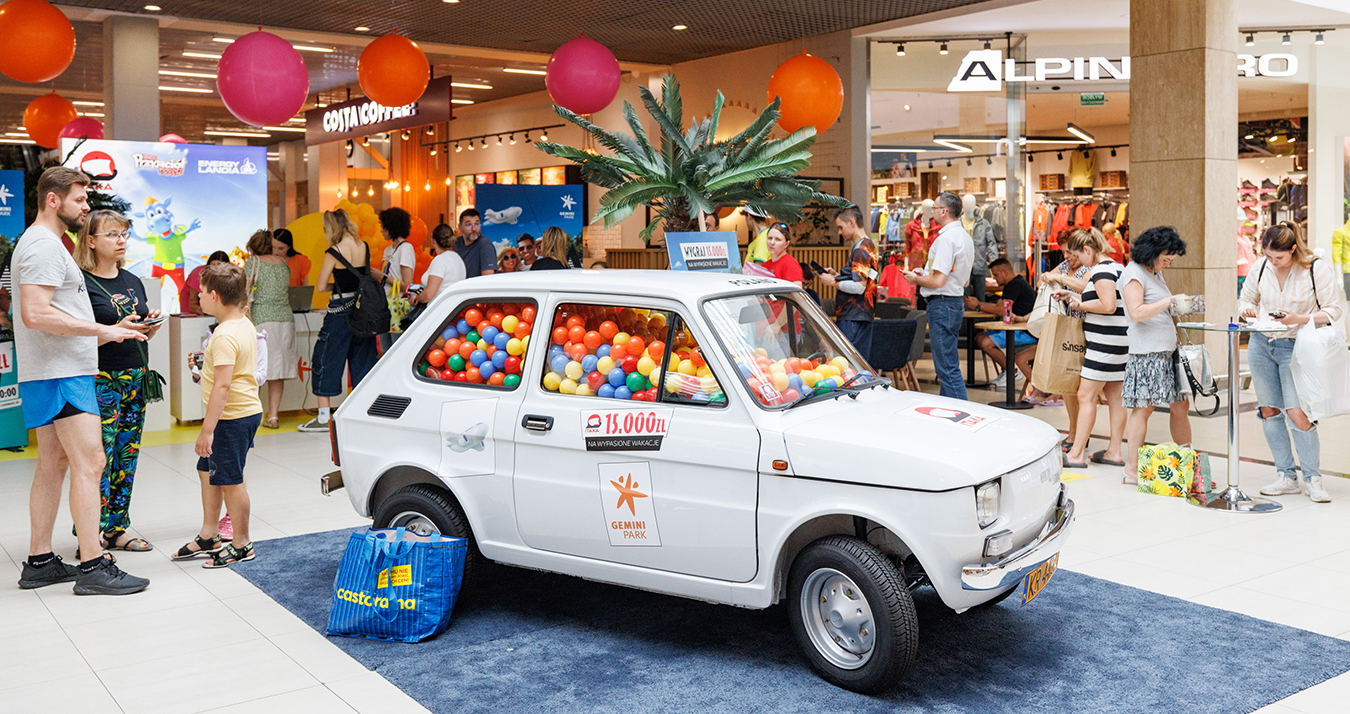

Is it already the moment when we can say that customers are shopping in shopping centers the same way as they did in 2019?
Anna Malcharek: I would avoid categorical statements because the commercial reality in 2019 and the reality in 2022 are two different stories, but it can certainly be acknowledged that customers have returned to offline shopping. Market data testifies to this. In May of this year alone, turnover in shopping centers increased by 22% compared to May 2019. And although inflation heavily influences this result, the overall turnover growth in the facilities is higher than inflation. This means that regardless of the difficult economic situation, consumers have returned to shopping in shopping centers and are willing to take advantage of their full offer and, most importantly, stay there. An important aspect to note is the very strong return of the social function of shopping centers – customers have returned to meeting and spending leisure time in malls. This trend is confirmed by the stable growth in the gastronomic segment’s turnover. Visitation rates are also positive. Despite inflation and the growing tendency of Poles to save money, consumers do not give up on visiting galleries and shopping.
Do Poles not give up, but plan more? Have shopping habits become more cautious?
A.M.: It is worth looking at this in a broader context. As the “Shopper Barometer Poland 2022” study by In-Store Media Poland shows, 3 out of 4 Poles make a shopping list, trying to stick to it and the established budget. This is to be a way of dealing with inflation, but also controlling the household budget. This is a growing phenomenon but expected, typical of the current situation and the last 2 years. However, it is noteworthy that only 1 in 10 Poles clings to this list tightly. 62% admit that they still make spontaneous purchases. This shows that despite the difficult economic situation affecting every consumer, we still allow ourselves a lot of leeway in shopping, especially during sales and promotions, and especially after the pandemic. This factor still matters.
But do we still treat shopping as a form of entertainment, which in the past was an essential part of visits to galleries?
A.M.: During the pandemic period, due to restrictions, shopping became an unpleasant necessity, especially since the offer was limited. Since the lifting of restrictions, we have seen a clear trend, not only of returning to brick-and-mortar stores but especially to restaurants, entertainment areas, cinemas, and gyms. Consumers are again enjoying various attractions that allow them to spend time together, which translates into the perception of shopping and visiting malls. This is also evident in research. The Shopper Barometer states that today, shopping is a pleasure for 77% of Poles, with 16% emphasizing that it is pure pleasure. We had similar results before the pandemic. So we see normalization, despite the ongoing pandemic and inflation.
And what about “fast shopping”? In recent years, it was the dominant way of shopping. Do customers spend more time in shopping malls today?
A.M.: The time spent on shopping has been systematically increasing since the lifting of all restrictions, which is due to the fact that customers now have access to the full range of commercial facilities again. Currently, the vast majority of shopping lasts more than 30 minutes, with an average of around an hour. In this case, we are also dealing with a return to behaviors that dominated before the pandemic, although some consumers have become attached to “fast shopping.” Now we focus on the customer, their needs, and analyze their behaviors to meet new needs and expectations. Of course, we cannot avoid comparisons to consumer behavior before the pandemic, but we must remember that the reality surrounding us has changed significantly, and with it, so has the mall customer. We must be vigilant so that by focusing on comparisons, we do not overlook changes.
Did the pandemic change the way consumers perceive shopping centers?
A.M.: The overall assessment is still positive. Aspects such as price and promotions, a wide selection of brands under one roof, convenience in shopping, access to products immediately, or sales advice build the advantage of shopping centers over online shopping. And customers notice this, which is clearly evident in the latest GfK survey of shopping center customers, conducted for PRCH. It outlines a clear advantage of malls over the internet, including the most popular shopping platforms. This strong position is evident in one more thing. As GfK reports, consumers of all age groups buy fashion items first and foremost in malls. For every fourth Pole buying clothes, shoes, or accessories, this is their number one destination. This result strongly distances the internet but also standalone stores outside malls or bazaars.
Is the internet still following closely? Are consumers turning to this channel?
A.M.: In this case, we are dealing with an interesting phenomenon. During the peak of the lockdowns, online stores, especially those selling fashion, multimedia, and electronics, became a substitute channel for many Poles, almost an emergency option. Internet usage, therefore, increased. However, since restrictions have been relaxed, limits in stores have been lifted, and physical retail has flourished once again, we have noticed that consumers have not become as attached to the online channel as predicted. There has been an emergence of omnichannel consumers who use every available channel, including online, physical, and hybrid, but the significance of online sales over the last year has decreased significantly. As reported by GUS, in June, online sales accounted for only 8.6% of retail sales, down from 8.9% the previous month. It is worth noting that online sales have declined mainly in the fashion and electronics or home entertainment segments, where galleries have seen an increase in turnover.
The past few months have brought normalization, but does inflation cast a shadow on this process?
A.M.: Unfortunately, this is yet another, and in fact one of many, market challenges that could have the greatest impact on consumer behavior. Persistent inflation, which may turn into “creeping” inflation, may affect segments of the offer that customers easily give up, such as entertainment or gastronomy. The coming months will show us what will happen.


